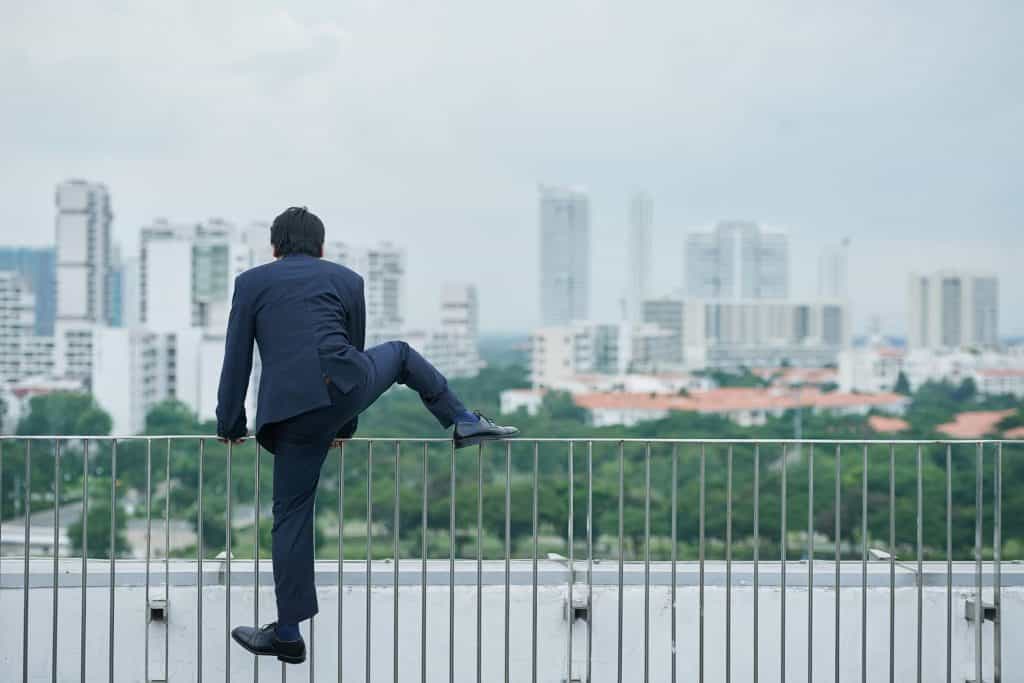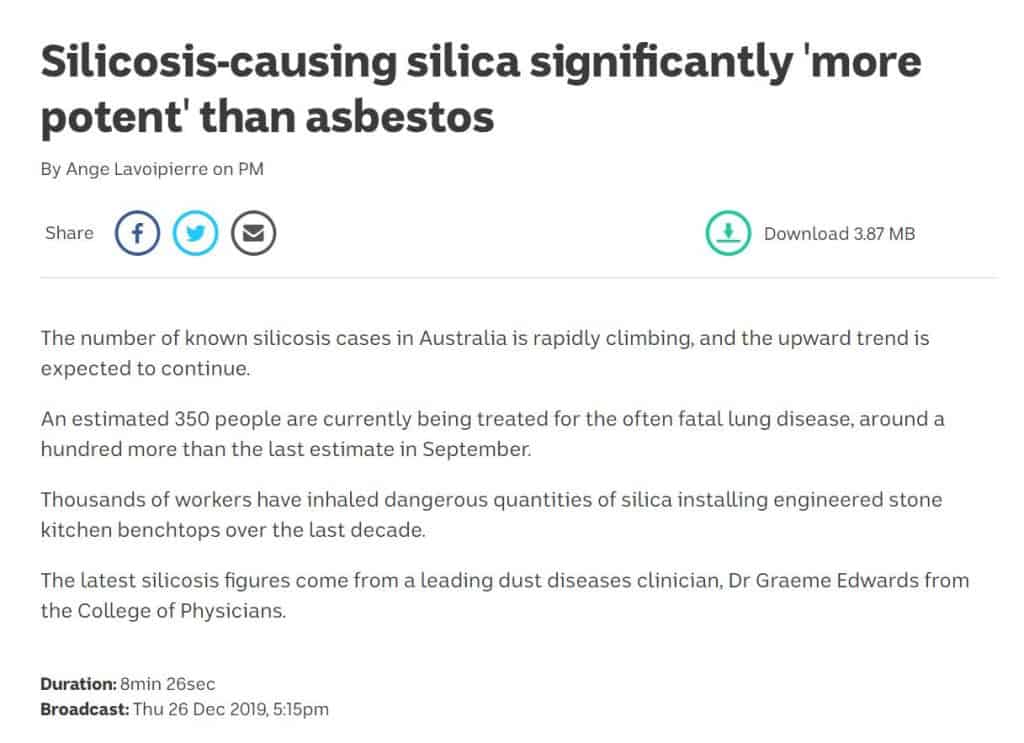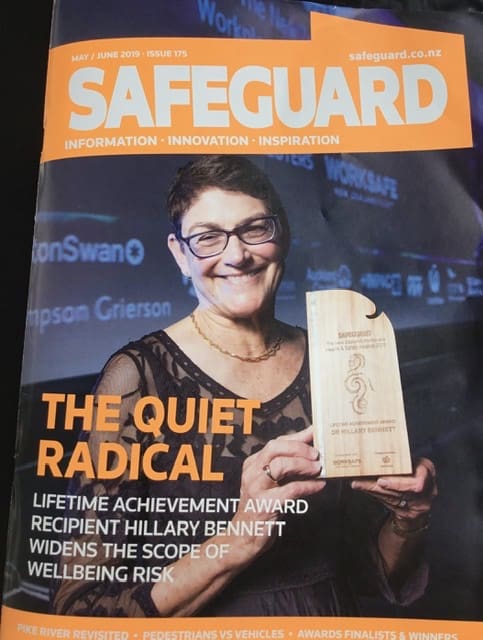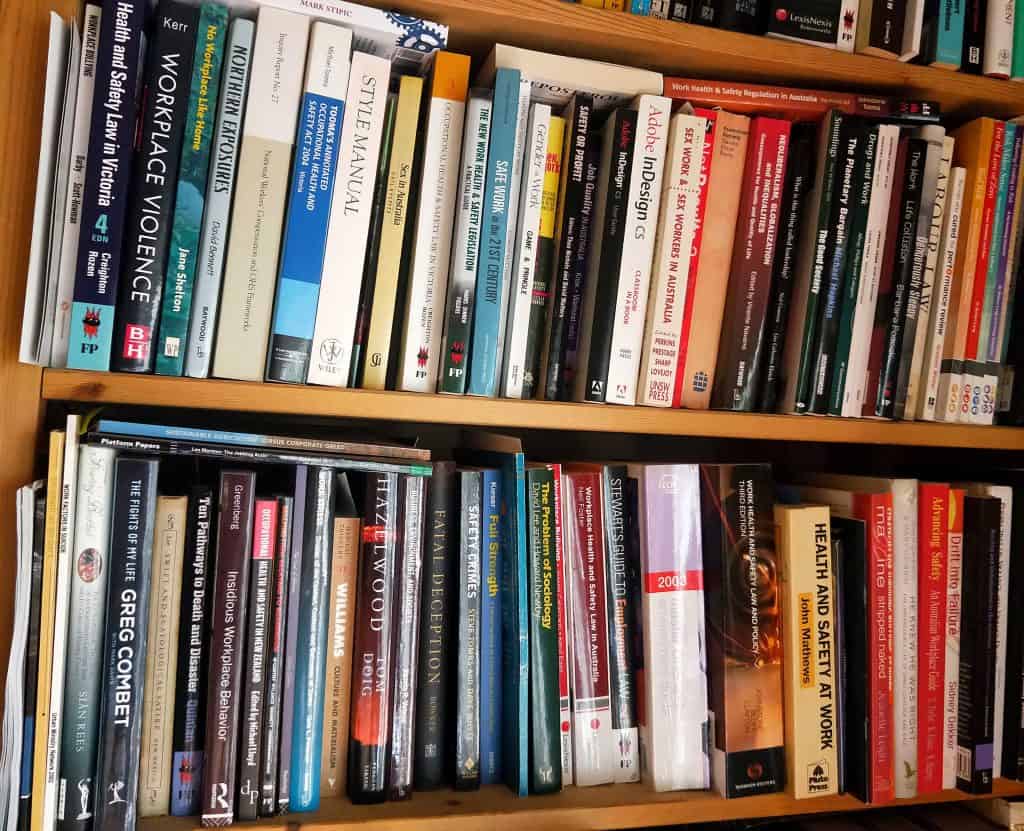
In late January 2020, the Australian Health Minister, Greg Hunt, announced new funding for suicide prevention programs. As the announcement occurred during the increasing concerns over the coronavirus, media attention to the funding announcement was minimal and this overlooked an important shift in suicide prevention strategies.
Six months ago the Prime Minister appointed Christine Morgan as his Suicide Prevention Adviser. As part of the funding announcement, Morgan spoke about a major change to suicide prevention strategies that acknowledges that not all suicides result from mental illness – a reality that has been emphasised by some Australian researchers for over several years. Significantly Christine Morgan is reported in Newscorp media as saying:





